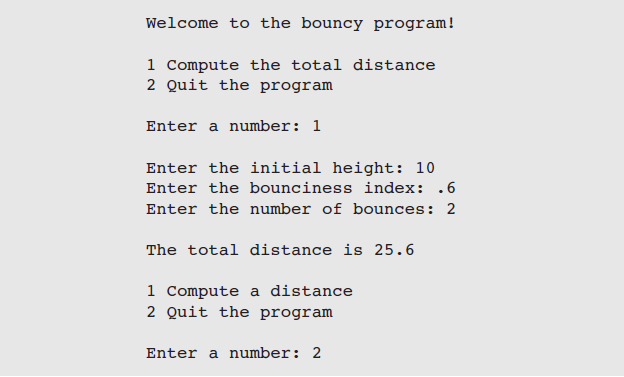Programming in Python CST 362 KTU CS Sixth Semester Elective Notes
About Me Syllabus About the Course Programming in Python CST 362 KTU University Question Papers and Answer Keys Module 1:Programming Environment and Python Basics 1.Introduction to Python 2.Running Python Program- IDLE,Interactive Shell, Jupyter notebook 3.Identifiers, variables and keywords 4.Basic Python data types- numbers and strings, type conversion 5.Operators 6.Operator precedence and expression evaluation 7.Input and output- input() and print() 8.Formatting Text - Case Study 9.Built-in functions, modules and packages 10.The software development process 11.Simple programs to begin with, comments and statements 12.Basic Programs to try 13.Programs using built-in functions and modules For more Sample Programs ( contact) Control statements 14.Selection statement -if else,if elif, match case sample programs 15.Programs to Try using if else 16.Looping statements- while and for 17.break, continue and pass statements 18.nested loops 19.Sample programs using loops and ne...


